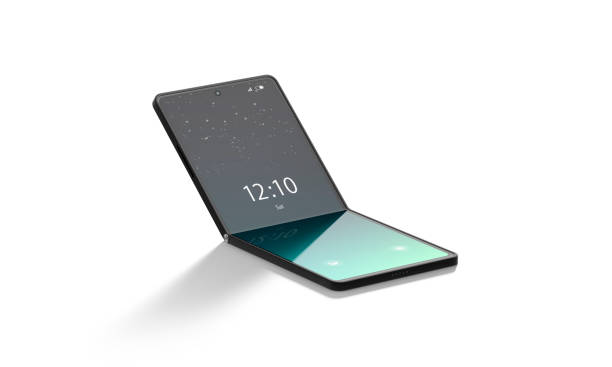"Transcending Boundaries: The Emergence of Foldable Technology"
The world of technology is a playground of innovation and foldable tech is the newest kid on the block. Emerging from the realms of science fiction into our hands, foldable technology is set to redefine the way we interact with our gadgets. Let's dive into the folds of this exciting development, from its origins to its impact on the market.

Background: Unfolding the Past
The concept of foldable technology isn’t new. It floated around in the tech world for years before we saw the first practical implementation. In the late 2000s, companies like Sony and Nokia flirted with flexible displays, but the tech remained mostly a novelty due to limitations in material science and manufacturing processes.
By the mid-2010s, advancements in organic light-emitting diode (OLED) technology made it possible to create screens that could bend without breaking. However, it took a few more years until Samsung unveiled the Galaxy Fold in 2019, marking a significant milestone in the commercialization of foldable tech.
The Present Scenario: Unfolding the Future
Fast forward to today, and foldable tech has become a growing trend in the smartphone industry. Samsung continues to lead the pack with its Galaxy Z series, but other players like Huawei, Motorola, and even Microsoft have entered the foldable arena.
Foldable tech isn’t limited to smartphones, either. Companies like Lenovo are exploring foldable laptops, while LG recently showcased a rollable TV. It’s clear that the tech industry sees a lot of potential in devices that can change their form factor on demand.
The Product and Market Impact: A Pricey Proposition
While the technology is fascinating, it’s also expensive. The Galaxy Z Fold3, for instance, retails for around $1,800. This price point puts foldable phones in the high-end segment of the market, far from the reach of average consumers. However, like any new technology, prices are expected to come down as it matures and becomes more commonplace.
In terms of market impact, foldable tech is still in its infancy, but analysts predict a bright future. According to a report by Market Research Future, the global foldable display market is expected to grow at a compound annual growth rate (CAGR) of 62% from 2021 to 2026.
The Final Word: Folding Forward
Foldable technology is more than a flashy gimmick. It represents a fundamental shift in how we design and use our devices. From smartphones that can transform into tablets to TVs that roll up like a poster, the possibilities are endless.
However, several challenges remain. Durability is a significant concern, as is the high cost of production. But if history has taught us anything, it’s that technology has a way of evolving and improving over time. It may not be long before foldable devices become as common as the smartphones in our pockets.
Foldable technology has the potential to reshape our digital landscape. It’s an exciting space to watch, and we can’t wait to see what the future holds. Will foldable tech become the new normal, or will it fold under the pressure? Only time will tell. But one thing is certain: the tech world is never short of surprises.




